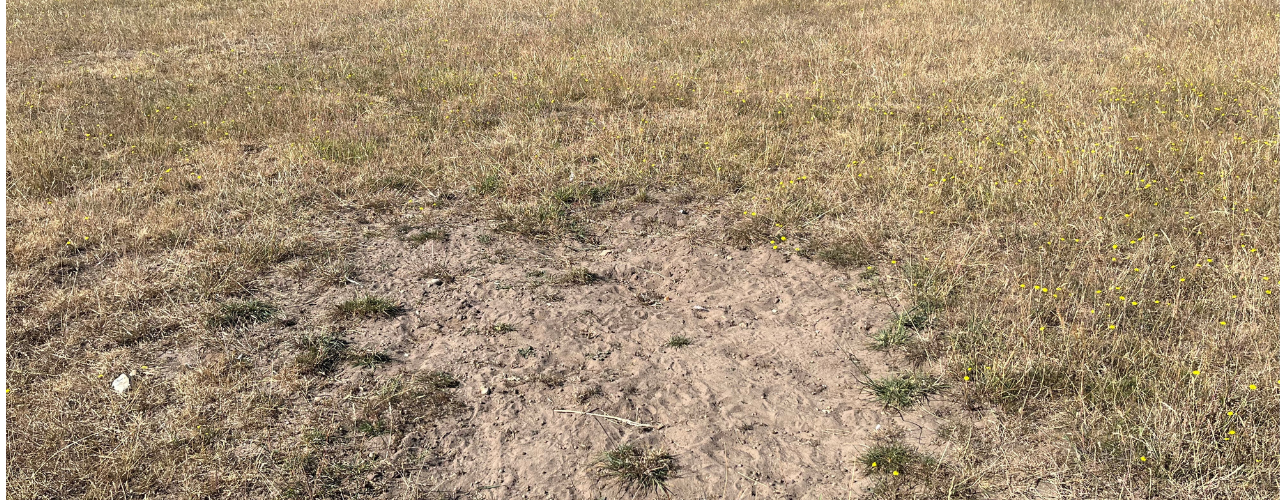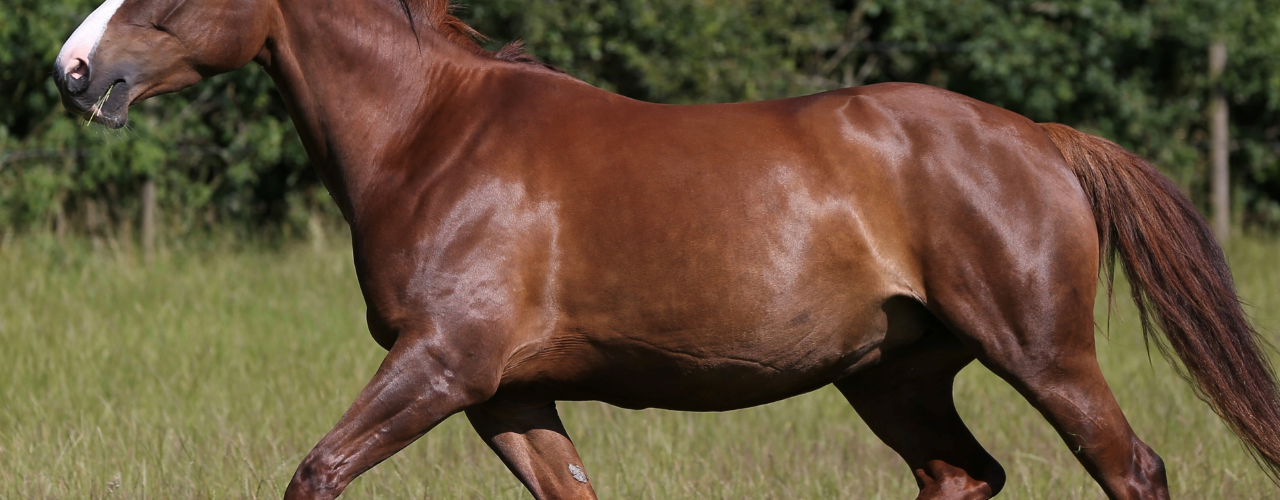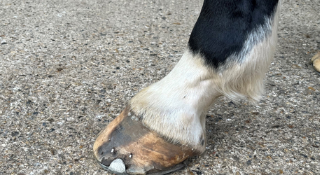
Be sand colic savvy
Keeping your horses on light sandy soil can mean less mud in the winter and easier paddock maintenance come the spring but with it...
13 July 2022
Read More
Understanding stifles
Your horse’s stifle is the equivalent of the human knee. It is a powerful joint enabling the limb to flex and extend to propel your horse forwards.
Where is it?
The stifle is the meeting point of the tibia, which runs from the hock, the femur, which extends to the hip in your horse’s hind limbs and the patella or kneecap. At the points of articulation are two discs of cartilage called menisci. Two cruciate ligaments help to stabilise the joint and two strong collateral ligaments provide support on either side of the leg.
The stifle has a special mechanism which locks the joint so that the horse can rest the other leg or even sleep standing up, without falling over!
Stifle problems
Stifle lameness can be challenging to diagnose. This hard-working joint can be susceptible to potentially impeding developmental diseases such as locking stifles and osteochondrosis (OCD), as well as to arthritis and degenerative joint disease (DJD), cruciate ligament injuries and fractures.
Locking stifles
Sometimes the locking mechanism may not unlock or can lock at the wrong time – this is formally known as upward fixation of the patella. The condition is usually seen in growing young horses, where bone growth is exceeding muscular growth, causing a change in the angles of the joints. It is thought that horses with straighter hind limbs and weakness in the quadriceps muscles may be more susceptible to locking stifles. Mild cases of locking stifles can be successfully treated by building the horse’s condition and hind limb muscle. In more severe cases a special counter-irritant is injected into the ligaments to strengthen and tighten them and if this this fails surgery is the remaining option.
Osteochondrosis
Young horses can sometimes have a growth problem with the bone and cartilage in the stifle developing abnormally and this can cause swelling and lameness. Luckily the condition can often be treated effectively in young horses if it is detected early. The abnormal cartilage and bone fragments are cleaned and removed from the joint using minimally invasive keyhole surgery. If the condition Is left untreated It may lead to the development of arthritis and long-term lameness.
Patella fractures
Cross country fences can be a culprit for patella fractures which is why this type of injury is most frequently seen in event horses. If the fractured fragments are small they can be removed using keyhole surgery and the prognosis is usually good but major fractures or those with open wounds are likely to have a less optimistic outcome.
Arthritis of the stifle
Most of the joints within the stifle can be affected by arthritis and because of the extensive motion of the joint it can be difficult to treat. Intra-articular medications are normally used to reduce pain and improve joint movement.
Bone cysts
Subchondral bone cysts can form on the layer of bone below the cartilage within or around the joints of the stifle. They can cause swelling and lameness, but some horses may respond well to rest. Others may be treated successfully with medication injected directly into the cysts.
Meniscal injuries
Injuries to the meniscus, which is the thin cartilage between the surfaces of the various joints within the stifle, can be very serious and usually causes severe lameness, initially. In some cases surgery may be needed to explore the extent of the damage. Depending on the severity, confined rest followed by a controlled programme of exercise may eventually lead to a return to full work.
Cruciate ligament tears
The cruciate ligaments lie deep within the stifle joint, making injuries difficult to identify and surgical exploration is usually the most effective diagnostic option. Partial ligament tears are more common than ruptures but the resulting joint instability can lead to arthritis and a return to athletic performance is unlikely.
Collateral ligament damage
This strong ligament keeps the stifle joint together. Injuries are normally caused by trauma, resulting in pain and swelling. Mild sprains of the collateral ligament can often be resolved with rest and controlled exercise but complete ruptures have a poor prognosis.
While the variety of stifle injuries and the complexity of the joint can make injuries hard to diagnose, in many cases it’s not all gloom and doom; often the prognosis can be positive with the right treatment. As with any lameness it’s important to call your vet as soon as you can, for advice and to book a lameness examination.
References:
https://thehorse.com/16473/stifle-problems/
https://www.horsemagazine.com/thm/2019/06/knees-up-stifle-lameness-in-horses/
MM-14919

Keeping your horses on light sandy soil can mean less mud in the winter and easier paddock maintenance come the spring but with it...
13 July 2022
Read More
The fetlock is a hard-working, high motion hinge joint. It is the meeting point of the cannon bone, proximal sesamoid bones and th...
20 June 2022
Read More